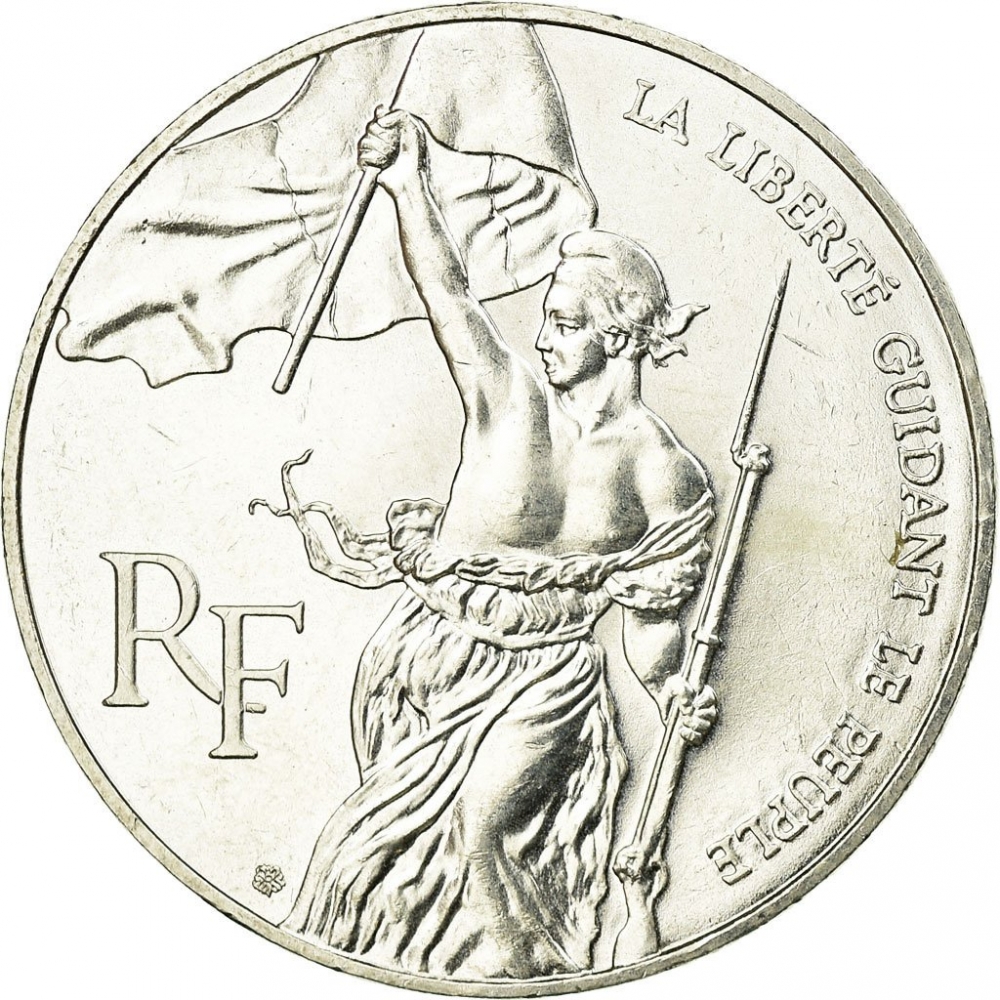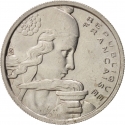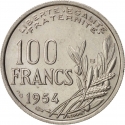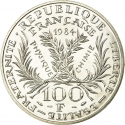You are about to finish your registration. Please check your mailbox (including spam folder). There should be a letter with a confirmation link. Check setting to make sure that your e-mail address is correct.
Send letter againDescription
The Louvre, or the Louvre Museum, is the world's largest art museum and a historic monument in Paris, France. A central landmark of the city, it is located on the Right Bank of the Seine in the city's 1st arrondissement (district or ward). Approximately 38,000 objects from prehistory to the 21st century are exhibited over an area of 72,735 square metres (782,910 square feet).
The museum is housed in the Louvre Palace, originally built as the Louvre castle in the late 12th to 13th century under Philip II. Due to urban expansion, the fortress eventually lost its defensive function, and in 1546 Francis I converted it into the main residence of the French Kings. The building was extended many times to form the present Louvre Palace. In 1682, Louis XIV chose the Palace of Versailles for his household, leaving the Louvre primarily as a place to display the royal collection, including, from 1692, a collection of ancient Greek and Roman sculpture. During the French Revolution, the National Assembly decreed that the Louvre should be used as a museum to display the nation's masterpieces.
The museum opened on 10 August 1793 with an exhibition of 537 paintings, the majority of the works being royal and confiscated church property. Because of structural problems with the building, the museum was closed in 1796 until 1801. The collection was increased under Napoleon and the museum was renamed Musée Napoléon, but after Napoleon's abdication many works seized by his armies were returned to their original owners. The collection was further increased during the reigns of Louis XVIII and Charles X, and during the Second French Empire the museum gained 20,000 pieces. Holdings have grown steadily through donations and bequests since the Third Republic. The collection is divided among eight curatorial departments: Egyptian Antiquities; Near Eastern Antiquities; Greek, Etruscan and Roman Antiquities; Islamic Art; Sculpture; Decorative Arts; Paintings; Prints and Drawings.
Obverse

|
Depicts a figure of Liberty from Eugène Delacroix's painting. The painting title in French (Liberty Leading the People) on the right, initials of the French Republic (RF) on the left. Monogram of the Atelier de Gravure des Monnaies et Médailles (letters "agmm") below on the left. LA LIBERTÉ GUIDANT LE PEUPLE |
|---|---|
Reverse

|
Depicts the Louvre Palace and the pyramid. Inscription in French "200th Anniversary of the Louvre Museum" above. Date and denomination below. BICENTENAIRE |
| Edge |
100 Francs
200th Anniversary of the Louvre Museum
Liberty Leading the People by Eugène Delacroix
Subscribe series
KM# 1018.1 Gadoury# 924
200th Anniversary of the Louvre Museum
Liberty Leading the People by Eugène Delacroix







